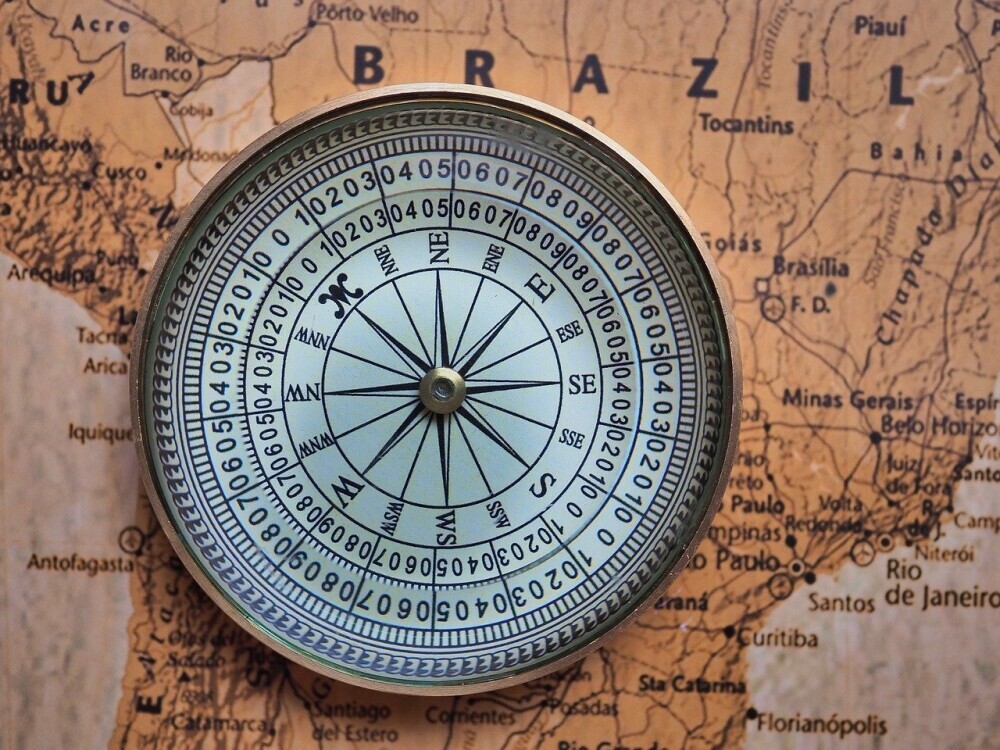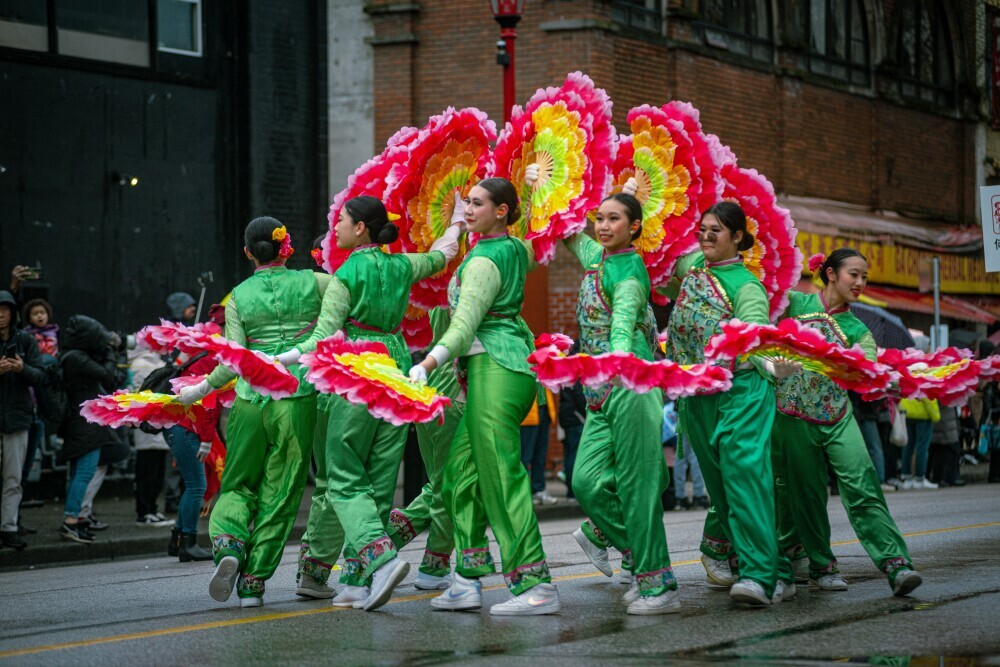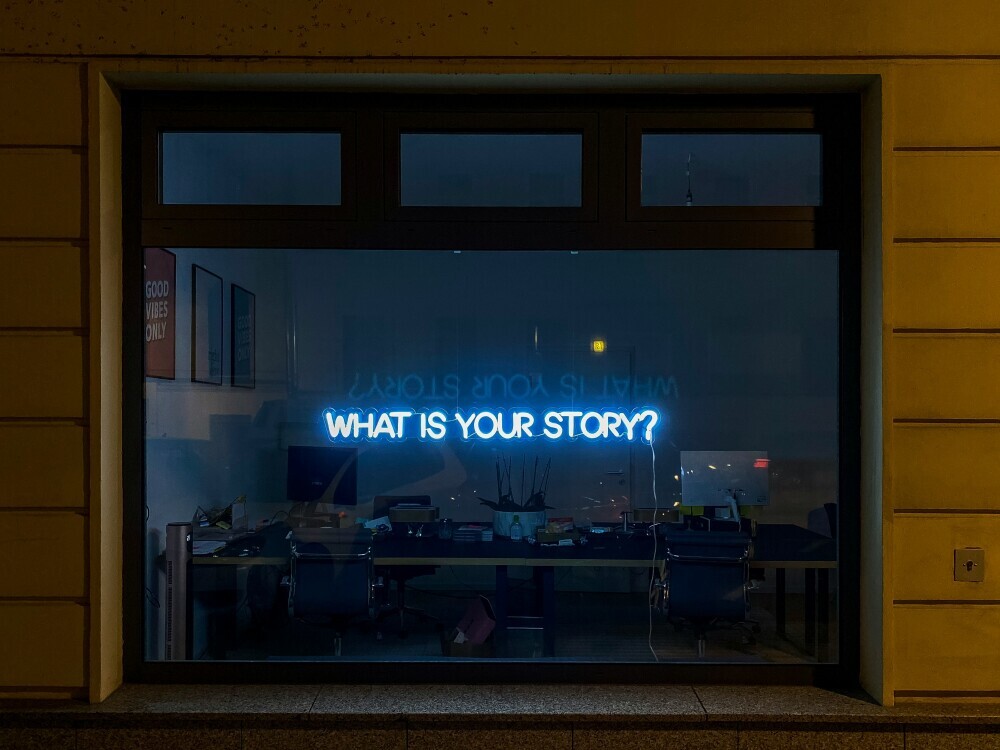
Ever thought about how meeting someone from a different background can completely shift the way you see things? Cultural experiences do exactly that. They offer a lens to see beyond our usual perspectives. Immerse yourself in the diverse cultures around, and you’ll see how it opens up your mind to new ideas and ways of life.
Diversity isn’t just about different skin colors or languages—it’s a deeper mix of traditions, histories, and experiences that enrich our communities. The beauty of diversity is how it brings various viewpoints together, making life more colorful and ideas more vibrant.
Creating cultural bridges is easier than you might think. Engaging in cultural festivals, trying out another culture’s cuisine, or just chatting with someone from a different background are steps toward building understanding and appreciation. These experiences remind us that while we may have unique backgrounds, commonalities bind us together in this human experience.
Historical Insights: Traveling Through Time
Ever stood in front of a historical monument and felt like you’ve been transported back in time? That’s the magic of history smacking you right in the face. Historical landmarks are like whispering storytellers, sharing tales of ancient days. By stepping into these places, we’re picking up stories that taught our ancestors a thing or two.
The cool thing about understanding ancient civilizations is unraveling how they shaped today’s world. From the pyramids in Egypt to the complex cities of the Greek and Roman empires, these civilizations left marks that hint at their lifestyles, beliefs, and innovations. It’s like piecing together a massive, intricate puzzle.
Preserving these sites isn’t just for the photos or bricks; it’s about keeping stories alive for future generations. When we visit and learn from these remarkable places, we’re not just entertaining ourselves; we’re grabbing valuable lessons from the past and finding ways they still fit into our modern lives. After all, history isn’t something stuck in time—it’s a continuous piece of our shared journey.
The Culinary Journey: Savoring Global Flavors
There’s something magical about experiencing a culture through its food. Every bite tells a story, a slice of tradition, or a heritage passed down through generations. Traditional cuisines offer more than just flavors—they offer a deeper connection to the people and their way of life.
Take Italian food, for example. It’s not just pasta and pizza; it’s a celebration of family gatherings, age-old recipes, and the Italian passion for life. Similarly, the spices of Indian cuisine draw you into tales of trade routes, conquers, and diverse influences.
Trying out global dishes is like a passport to different parts of the world without hopping on a plane. Whether it’s devouring sushi in Japan or savoring paella in Spain, these culinary adventures connect us to the heart of different cultures.
It’s not just about the taste but understanding how food ties into cultural customs and traditions. Shared meals build social bonds that foster understanding and unity. And hey, if you ever wondered why some dishes taste ‘just right,’ you’ll find local ingredients and techniques are the unsung heroes! So next time you sit down to eat, let it be more than a meal—let it be a journey into someone’s cultural essence.
The Performing Arts: A Celebration of Expression

Nothing channels the soul of a culture like its performing arts. Theater, dance, and music aren’t just entertainment; they’re a vibrant tapestry of the human experience. Each performance is a journey, taking us to the heart of cultural narratives expressed through rhythm, melody, and movement.
Ever watched a flamenco dancer in Spain or listened to a traditional Maori haka? These performances are intense, storytelling experiences that echo the spirit and history of their roots. They invite us into a world where emotions are expressed without a single word.
Exploring unfamiliar art forms can be exhilarating. It’s like flipping open a novel from a new genre, diving headfirst into something fresh, and being amazed by what you discover. Whether it’s an opera in Italy or a Broadway show in New York, each has a unique cultural twist that makes it special.
The arts are also powerful connectors. They’re a bridge to understanding, helping us appreciate the beauty in diversity while finding common ground in shared emotions. And let’s be honest, attending a live performance, feeling the energy of an audience—that’s an experience you can’t stream or download.
Artistic Dimensions: Visual Arts as Cultural Narratives
Visual arts are a vivid gateway into understanding cultural narratives. You stroll through a gallery or glimpse a mural, and suddenly, you’re seeing a culture’s history, struggles, and dreams sketched out before you.
Think of Indigenous Australian dot paintings or the intricate patterns of Islamic art. Each has a story—a cultural code waiting to be deciphered. They reflect societal values, religious beliefs, and historical events, wrapped in colors and shapes.
Modern art movements provide another layer of cultural dialogue. From Picasso’s Cubism to the bold strokes of street art, modern contexts challenge us to think, question, and see the world through a fresh lens. Art’s power lies in its ability to provoke thought and foster understanding.
Prominent artists have shaped global art history, acting as cultural ambassadors. Their work serves as a bridge between people, cultures, and even time periods. Studying pieces by Van Gogh or Frida Kahlo is like shaking hands with their world—getting a peek into what life and culture were like in their shoes.
Art goes beyond aesthetics. It’s about starting conversations, interpreting stories, and celebrating the beautiful diversity within humanity. Next time you’re in front of a piece of art, let it speak to you; it may share something unexpected.
Spirituality and Rituals: Understanding Cultural Beliefs
Spirituality and rituals serve as the heartbeat of cultures, providing insight into what communities value and hold sacred. They offer meaning, purpose, and a sense of belonging. From grand ceremonies to everyday practices, these beliefs shape identities and connect individuals to something greater than themselves.
Consider the mesmerizing chant of Tibetan monks or the joyous celebration of Diwali. Each ritual, big or small, speaks volumes about a culture’s journey through time, their hopes, fears, and aspirations. These practices are passed down through generations, carrying wisdom and tradition along the way.
Some cultural rituals might seem commonplace to insiders but utterly fascinating to outsiders. Take Japan’s tea ceremonies, for instance. They appear simple at first glance, yet they’re a complex dance of precision, mindfulness, and respect. Or consider the vibrant Day of the Dead in Mexico, a celebration that sees death as part of life’s continuum.
Spiritual beliefs influence cultural identity in profound ways. They shape how communities view life, death, and the universe. They also provide frameworks for morality and behavior, impacting everything from dietary choices to holiday observances. These beliefs are personal yet deeply communal, weaving individual lives into a cultural tapestry.
Understanding another’s spiritual practices can enhance empathy and appreciation. It’s about respecting diverse beliefs and recognizing the shared human quest for meaning. Engaging with these rituals, even from afar, allows us to appreciate the beauty in diversity and the universal desire for connection.
Language and Literature: The Storytellers of Culture

Language and literature are the ultimate storytellers, painting vivid pictures of cultural norms and human experiences. They capture the essence of what it means to be part of a particular place, weaving tales that resonate across generations.
Imagine the richness of a single word in a language that has no direct translation in English. These unique expressions give us snaps of cultural nuances, showcasing how language shapes thought and perception. It’s these linguistic gems that reveal how communities see and interpret the world around them.
Literature, both classic and contemporary, serves as a window into past and present societies. Works by authors like Chinua Achebe or Haruki Murakami immerse us in cultural landscapes, offering a sense of place and identity that’s both universal and deeply local. They’re maps to understanding emotions, conflicts, and dreams shared across cultures.
Preserving endangered languages is like saving pieces of a cultural jigsaw puzzle. Each word lost is a narrative thread that fades, taking with it the stories and wisdom it carried. Efforts to document and revitalize these languages help in maintaining linguistic diversity, which benefits global cultural richness.
Engaging with language and literature can deepen our appreciation for diverse ways of thinking. Reading a book written from a different cultural perspective or learning a new language can broaden horizons and bring fresh insights into the human condition. It’s about valuing our differences and recognizing them as threads in the vast tapestry of global culture.
Digital Frontiers: Cultural Experiences in the 21st Century
The digital age has turned the world into a global village where cultural experiences are just a click away. Social media platforms, streaming services, and digital exhibits bring cultural diversity into our living rooms, fostering awareness and appreciation without the need to travel thousands of miles.
Digital platforms have made cultural exchange more accessible than ever. You can witness a live performance of a traditional Balinese dance on YouTube or stroll through the Louvre virtually, soaking up the art and history the world has to offer. These experiences expand our understanding and appreciation of cultures that may have seemed previously out of reach.
Virtual reality (VR) technology takes cultural immersion to another level. With VR headsets, you can walk the streets of ancient Rome, participate in indigenous festivals, or explore the pyramids of Egypt, all without leaving home. This technology brings a level of engagement that words and pictures alone can’t achieve, making it a powerful tool for cultural preservation and education.
However, the digital age also comes with challenges. The representation of cultures online often simplifies or overlooks the complexities and nuances that make them unique. It’s crucial to approach these platforms critically, seeking authentic voices and diverse perspectives to gain a fuller understanding of the cultures we explore.
Digital avenues provide countless opportunities for cultural preservation and recognition. By supporting projects that aim to document and share digitally marginalized cultures, we’re advocating for diversity and cultural richness in our digital future. Embracing these technologies with respect and curiosity enables us to celebrate global cultures responsibly and vibrantly.
